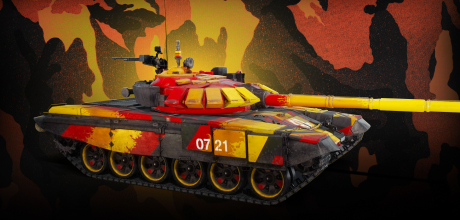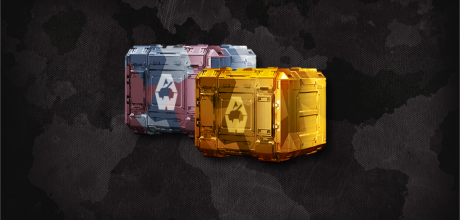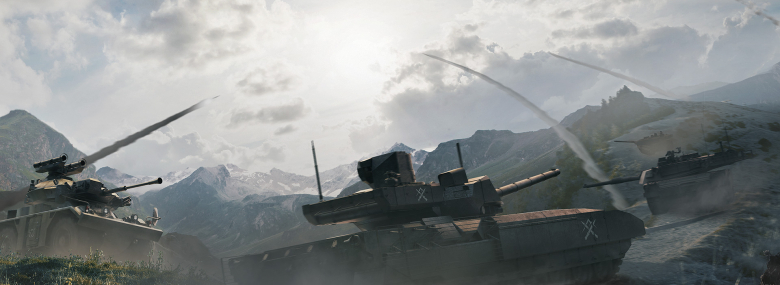
Commanders!
This month in our Branch of the Month series is dedicated to the BMP series branch, available in Sophie Wölfli’s vehicle pool.
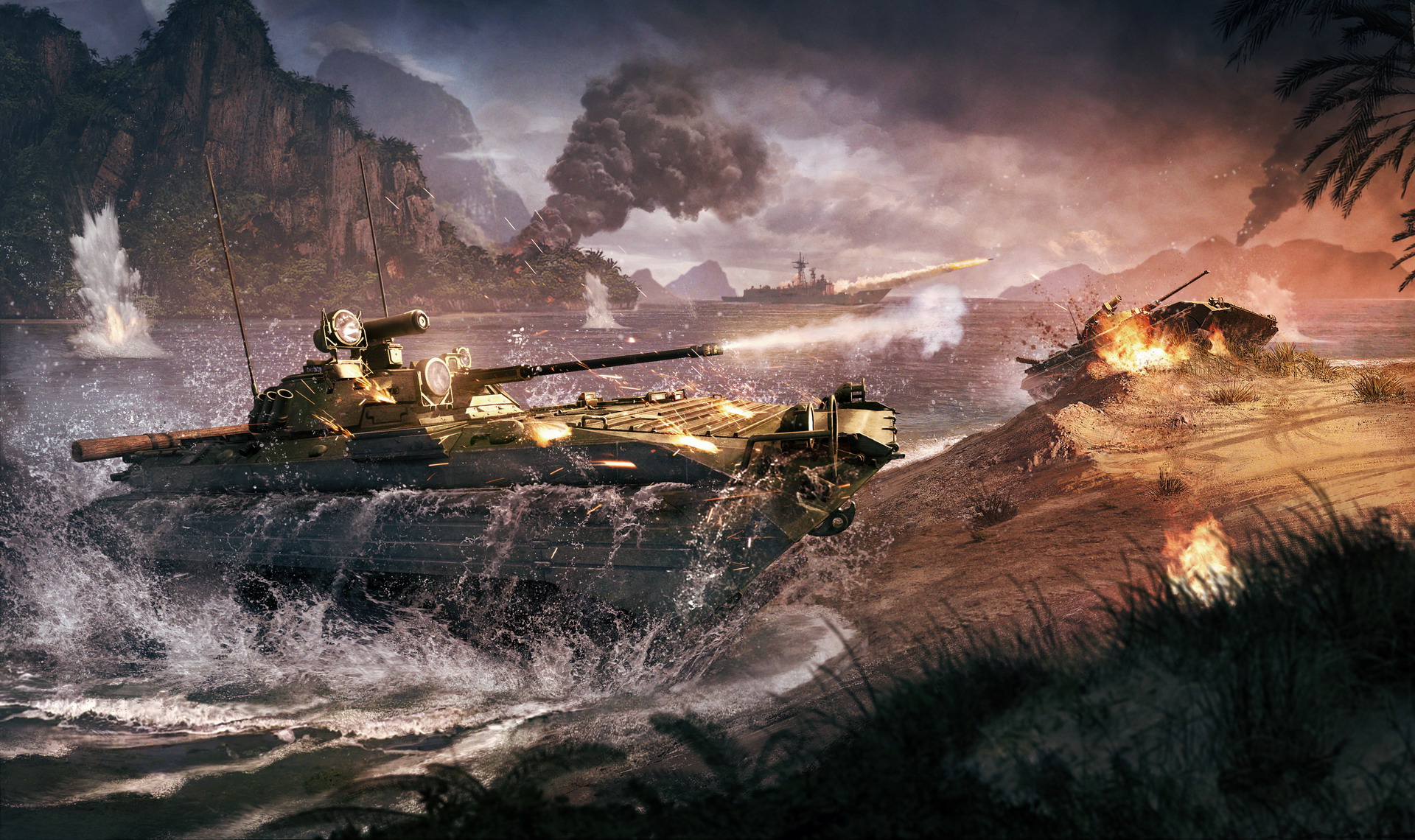
The BMP series or Soviet and Russian Infantry Fighting Vehicles goes back to the 1960s when he Soviets needed a fast, armored, tracked vehicle to keep up with their armored formations. What they came up with was, at that time, the most modern IFV in the world and certainly the best armed one – at least in paper – the BMP-1.
The ubiquitous BMP-1 is – quite correctly – regarded as one of the symbols of the Soviet military power, the fears of the western militaries embodied in endless streams of Russian vehicles, thrust from the cities of East Germany, plains of Poland and mountains of Czechoslovakia as an armored spear into the heart of the NATO forces in Europe. The vehicle development history is described in our dedicated article.
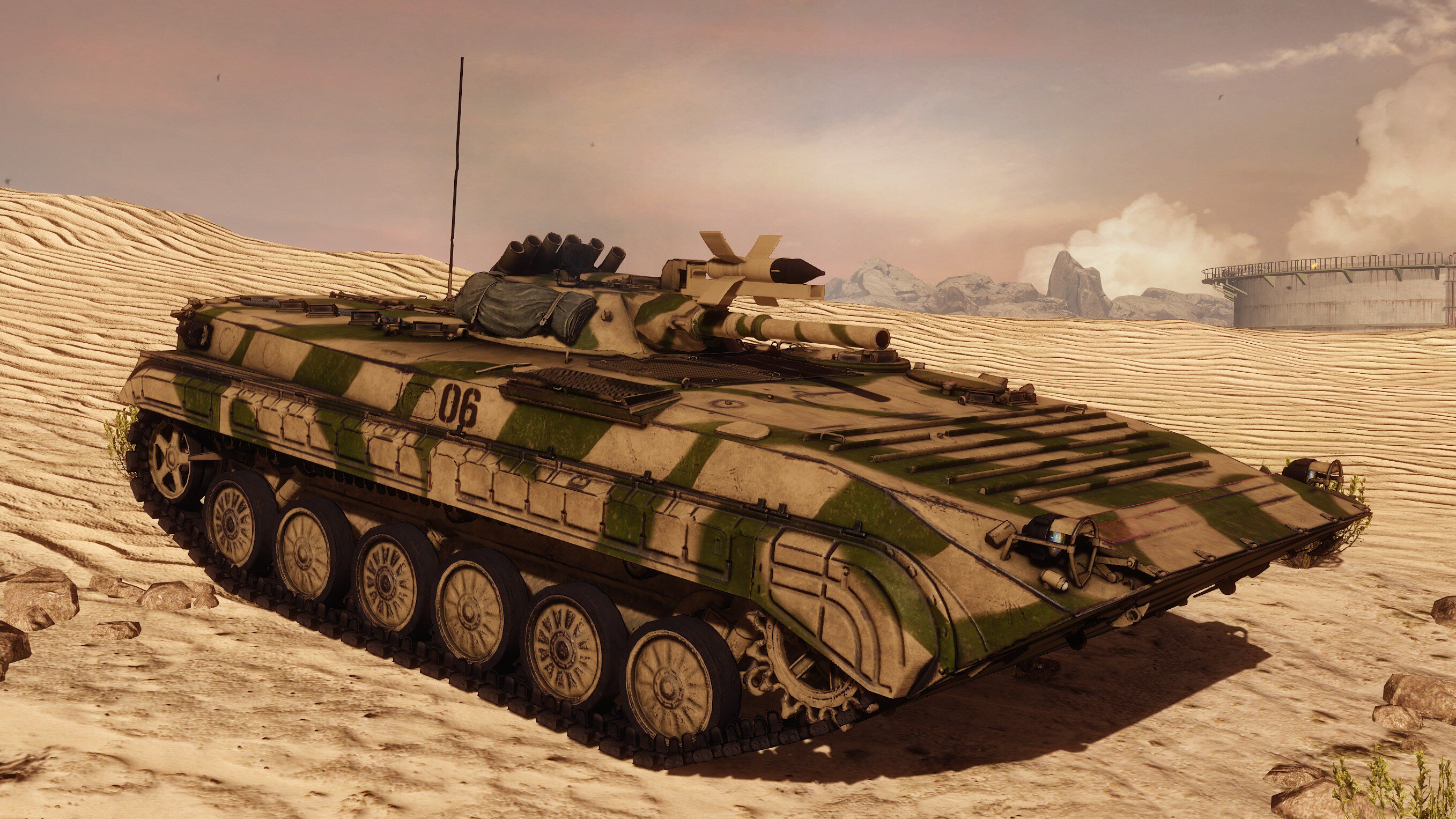
The reality, as it usually happens, was far less glorious and first combat operations of the BMP-1 in the conflict of Soviet-backed Arab nations versus Israel have shown the weaknesses of this light IFV, specifically the insufficient armament, cramped compartment and poor crew placement. While the issues in the middle-eastern wars were largely attributed to the improper use of the exported vehicles along with wrong tactics, admitting the problems of the vehicle on its home ground – in Soviet Russia – proved out to be much longer and arduous process, especially since it had to include certain influential parties admitting being wrong. It took a great deal of time to design its replacement, the BMP-2, and the process was anything but simple. It is described in the following articles:
The BMP-2 was an upgrade over the BMP-1, but not a huge one – it was more like an upgraded version with many of the original design flaws, including its cramped design and the inability to mount a larger weapon system. But, even before the first BMP-2 rolled off the assembly lines, the Soviets had set their sights on developing a true successor – a bigger and better BMP.
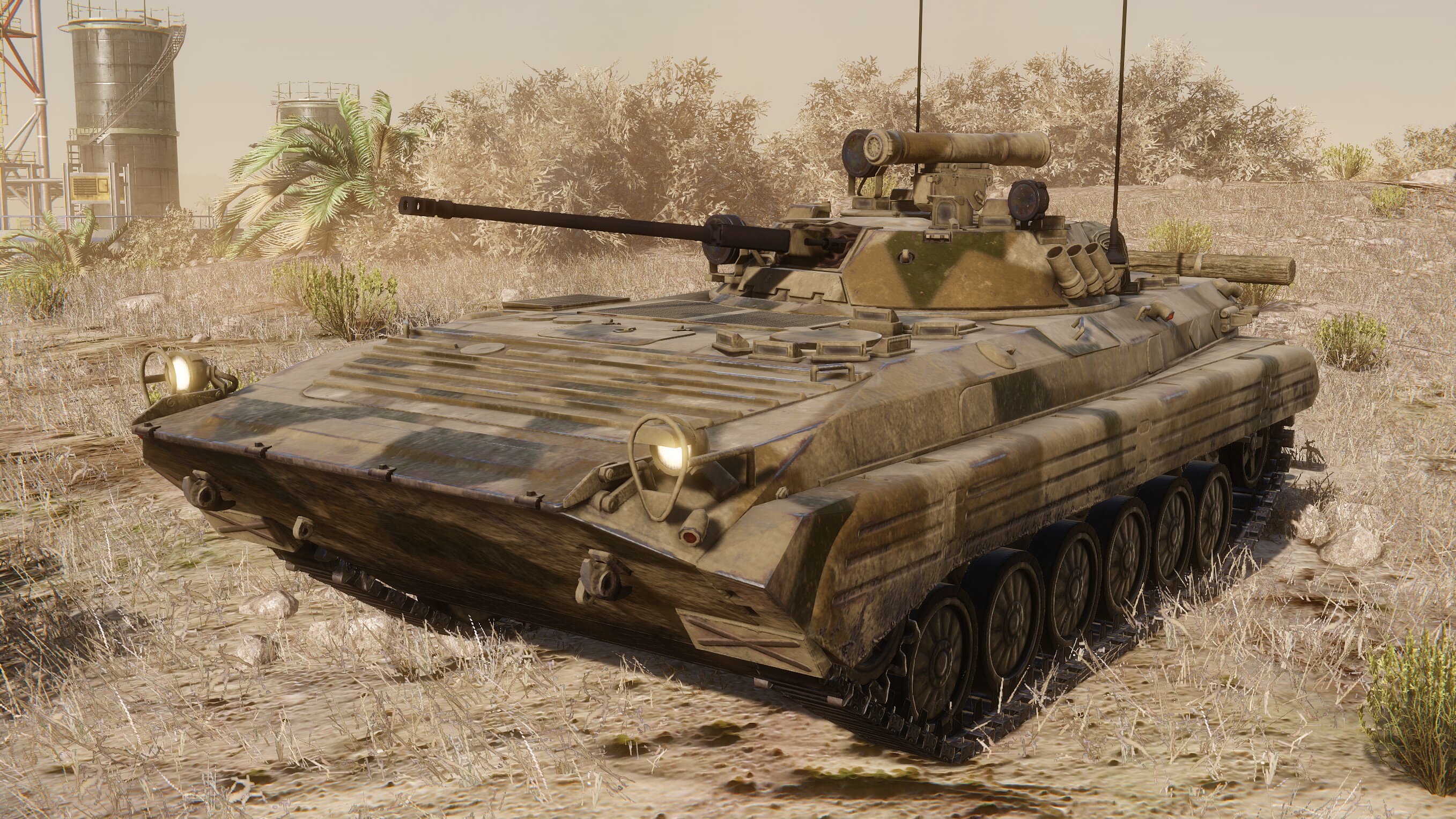
The result was the BMP-3. Larger and better armored, it replaced the BMP-1 and BMP-2 weapons with the rather distinctive combination of a low muzzle energy 100mm cannon (intended to fire HE rounds and gun-launched missiles) and a long-barreled 30mm autocannon.
Several hundred were built starting from the late 1980s but by the time it appeared in public, the Soviet Union was practically collapsing. The 1990s were a dark time for the Russian military as many of the development and production programs from the Soviet era were cancelled due to a lack of funding, including a true mass production – approximately 2000 vehicles were built in total throughout the 1990s, but around three quarters of that number were export vehicles – Russia itself kept around 500 of them, a significant drop compared to the tens of thousands of earlier BMP vehicles. Its history was also described in a dedicated article.
The BMP-3 continues to serve to this day stay as the main Russian IFV. During the 2000s, several major upgrades for it were conceived (including the BMP-3M and the Dragun), some of which are available in Armored Warfare.
From September 3 to September 30, 2018, the following vehicles will be available for lower price than usual:
BMP-1 Tier 3 AFV – The original Soviet BMP-1 IFV in its configuration with a Malyutka launcher and a 73mm 2A28 Grom gun. At the time of its introduction in mid-1960s, it was the best IFV in the world but grew obsolete in the decades that followed. With more than twenty thousand built (including the license-produced variants), it is still one of the most common IFVs in the world. You can read more about it in our dedicated article.
- Discount: 35%
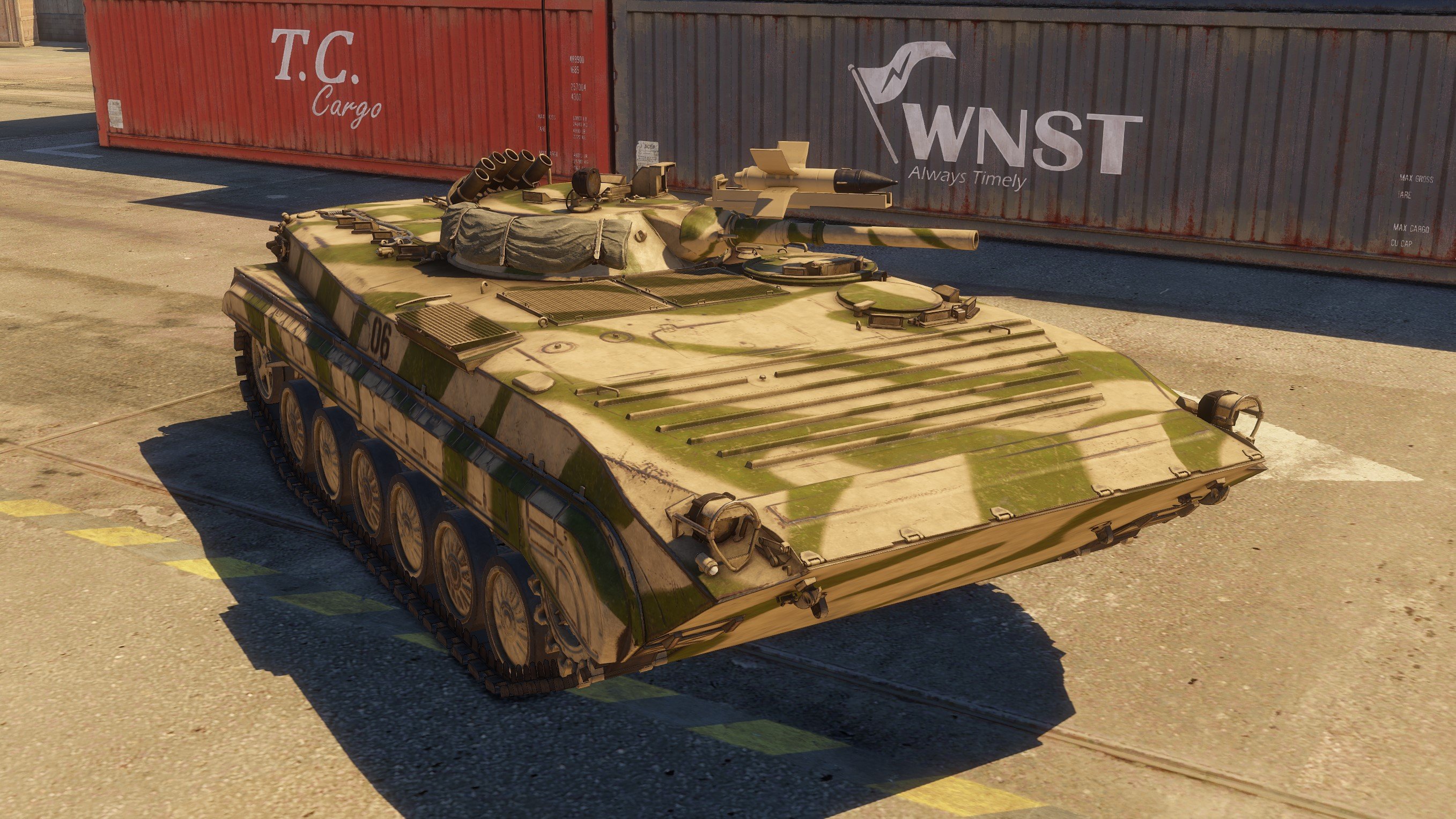
BMP-1P Tier 4 AFV – This is an upgraded late production BMP-1 model. The biggest difference compared to the original BMP-1 is the improved guided missile system, allowing it to knock out even the tanks that the original Malyutka ATGM would struggle with. You can read more about it in our dedicated article.
- Discount: 35%
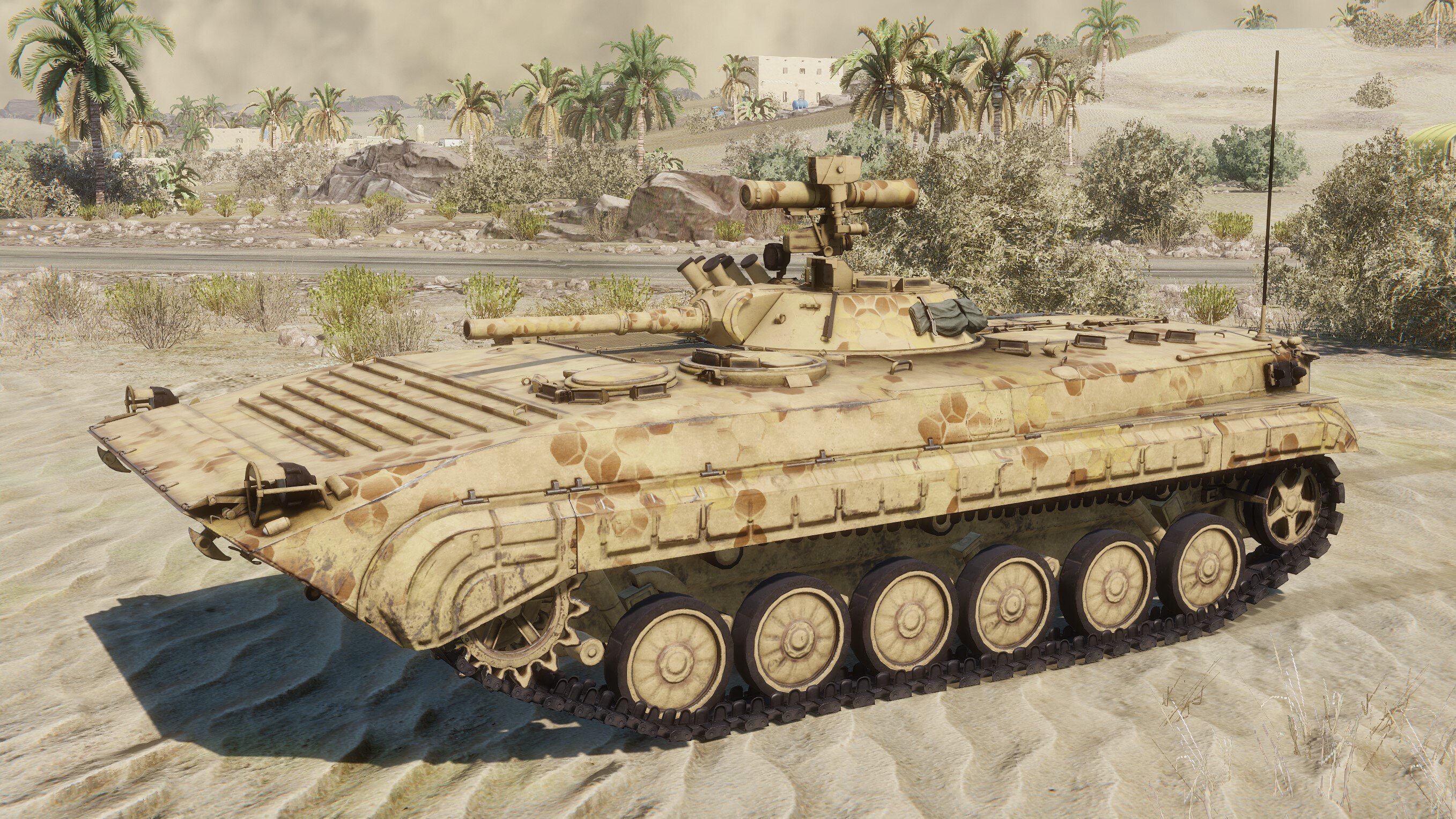
BMP-2 Tier 5 AFV – The BMP-2 was the second major production variant of the original BMP with its turret replaced by one carrying a 30mm autocannon. Like the BMP-1, it was produced in relatively large numbers in the Soviet Union and outside of it as well. You can read more about it in our article series – Part 1, Part 2 and Part 3.
- Discount: 35%
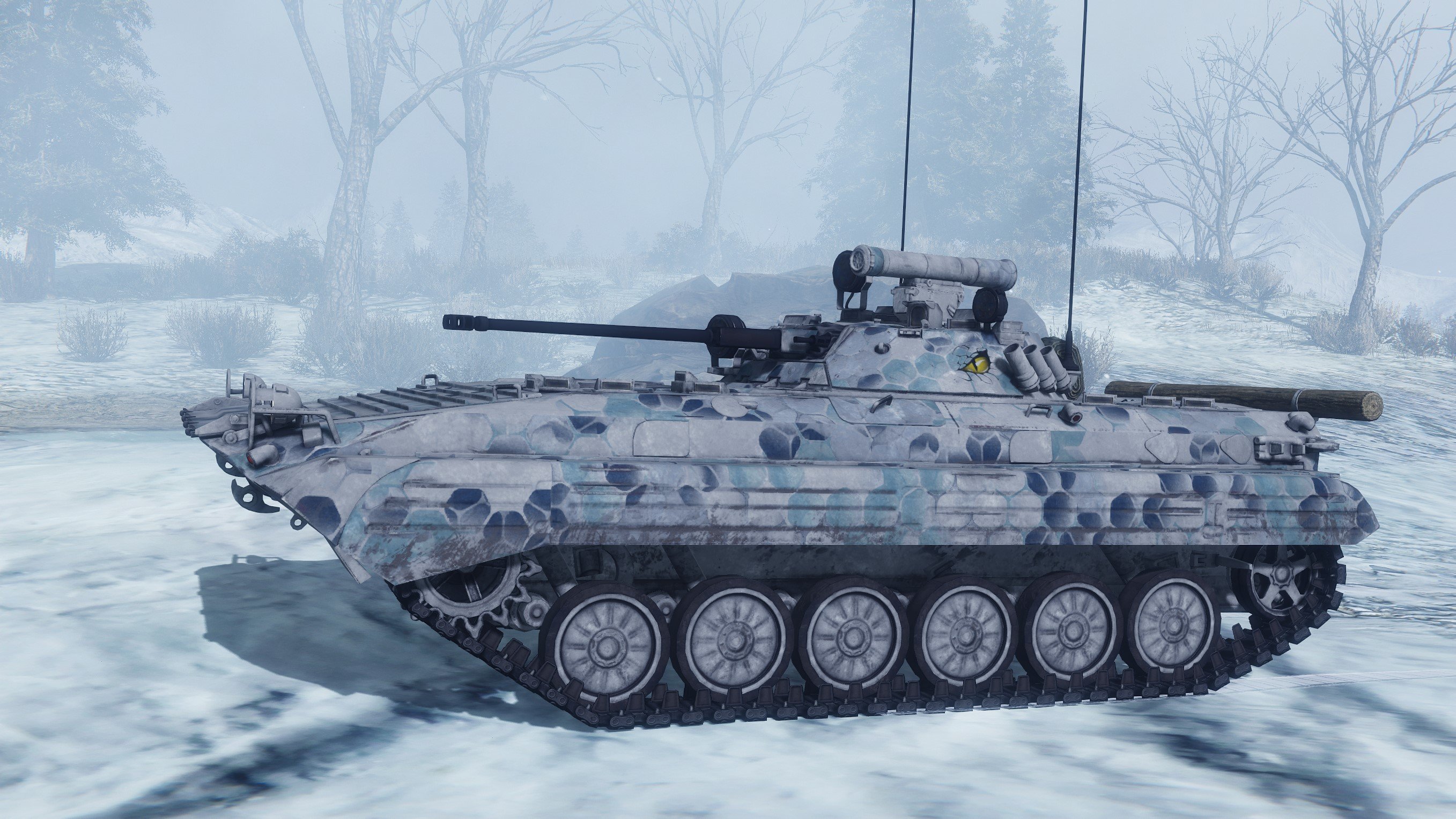
BMP-3 Tier 6 AFV – Unlike the BMP-2, this vehicle from the late 1980s was a true replacement for the BMP-1 and BMP-2, not just an upgrade. Unfortunately for it, the fall of the Soviet Union severely limited its development funds as well as its production orders and, to this day, only about two thousand had been built. Nevertheless, it is the current main IFV of the Russian Federation. You can read more about it in our dedicated article.
- Discount: 35%
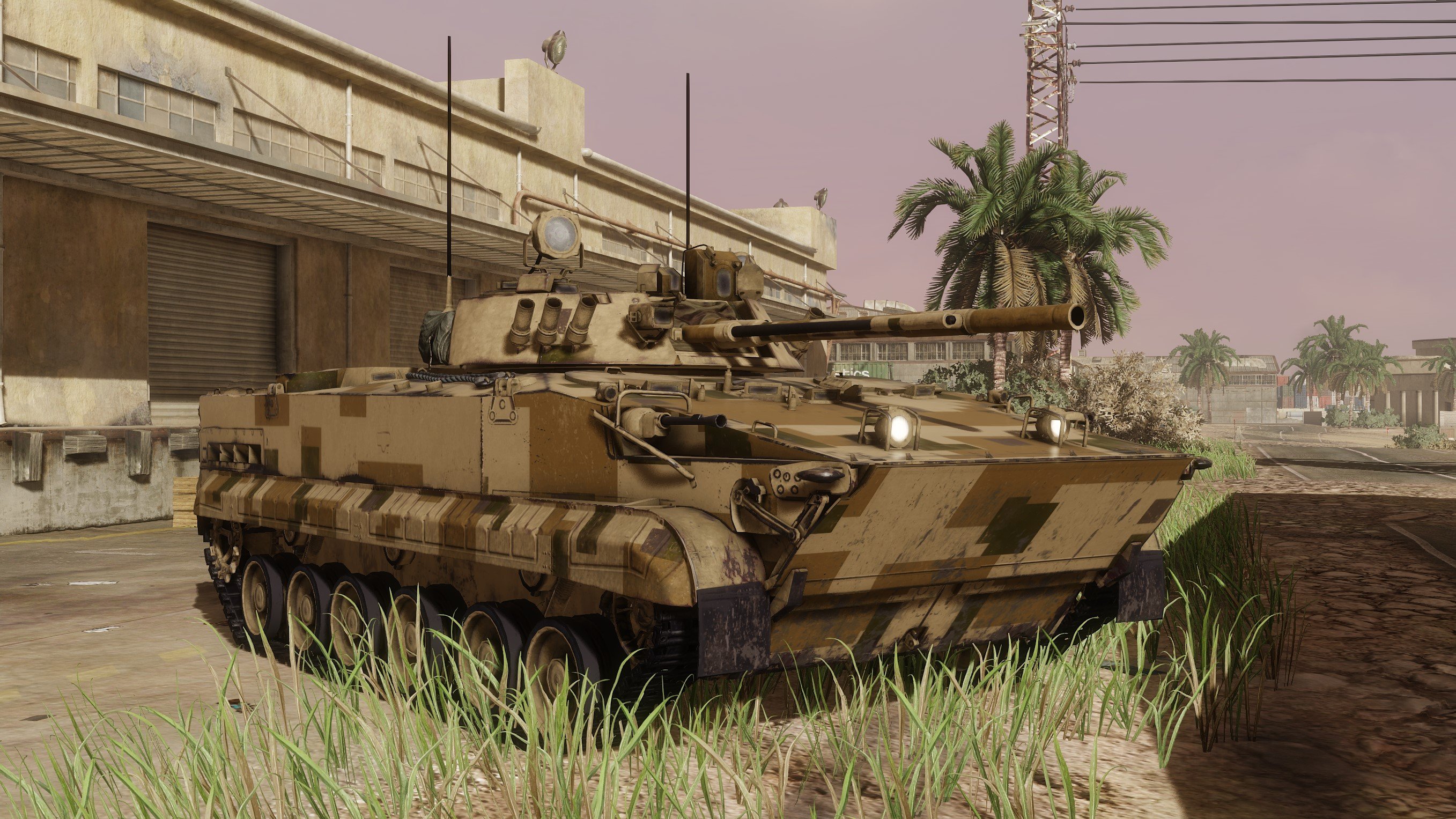
BMP-3M Tier 7 AFV – The BMP-3M variant was a late 1990s attempt at a major modernization of the BMP-3 that included a more powerful engine, a better FCS and improved gun-launched ATGMs. Other improvements included an Arena-E APS option. An unknown number of these vehicles was built for both the Russian Federation and for export but the production run was likely limited to only dozens of vehicles. You can read more about it in our dedicated article.
- Discount: 25%
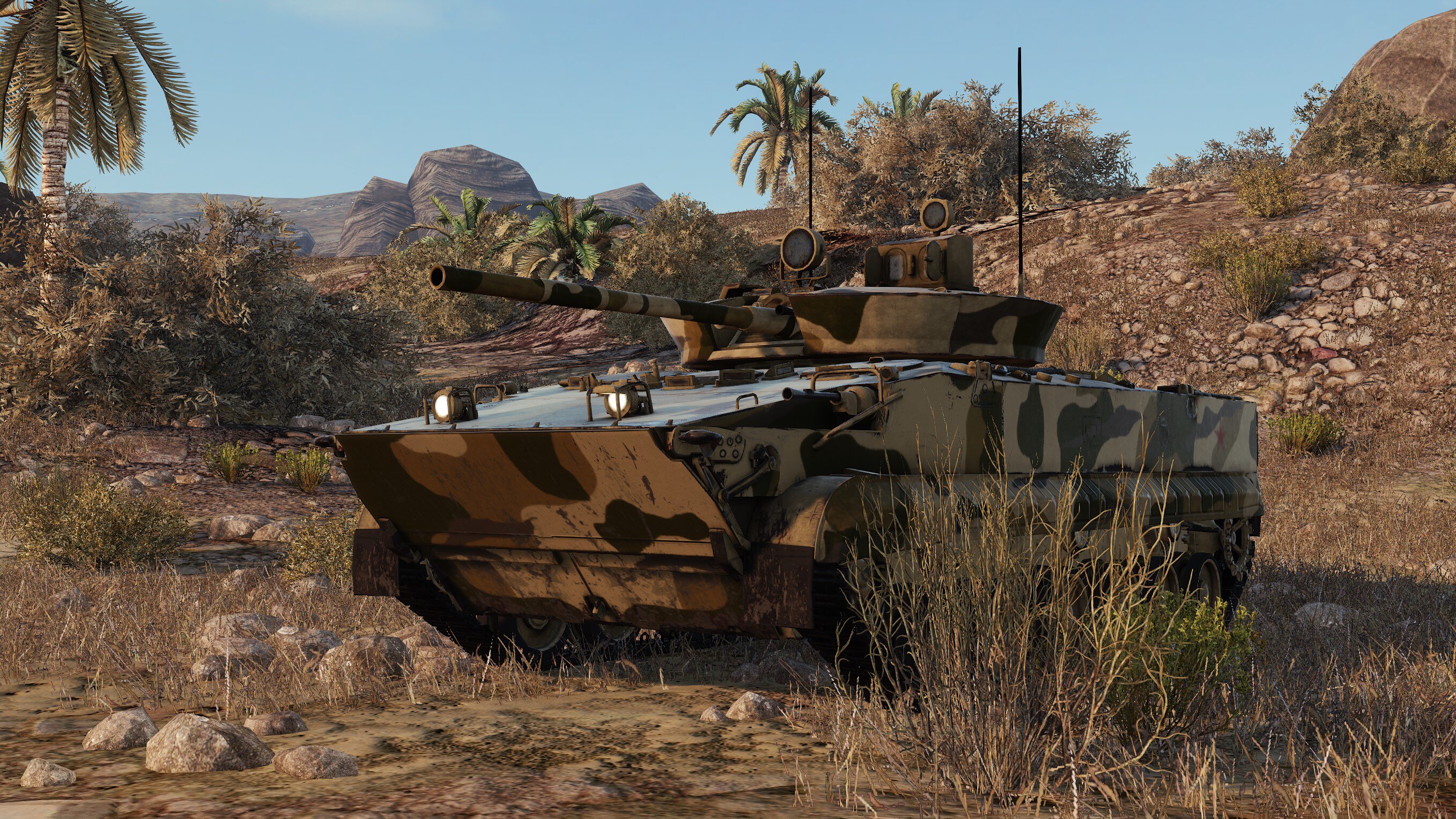
Dragun 125 Tier 8 LT – The Dragun (“Dragoon”) is a platform derived from the original BMP-3 but with many changes and improvements. The biggest change is the overhaul of its internal layout by moving the engine to the front – this leaves more space for the crew and improves frontal crew protection. Three combat modules were conceived for the Dragun platform – a 100+30mm one, a 57mm one and a 125mm one akin to that of the Sprut-SDM-1. The Armored Warfare version is armed with the 125mm turret and equipped with an ERA kit.
- Discount: 25%
In Armored Warfare, the BMP series (with the exception of the Dragun) can be classified as a heavy IFV one.
Heavy IFVs lie in their role somewhere between the Light AFVs (such as the VBLs and BMDs) and the Light Tanks. On the scale of mobility, they are second only to the Light AFVs, especially on hard surfaces, with the scale itself looking roughly as such (from the highest mobility class to the lowest):
- Light AFVs
- Heavy IFVs
- Light Tanks
- Tank Destroyers
- Main Battle Tanks
- Self-Propelled Guns
The armament systems are generally identical to the Light AFV class but are better stabilized (increased accuracy on the move) or can fire faster. Heavy AFVs are also larger and have more hitpoints with some of the vehicles featuring quite solid protection, rivaling that of the Light Tanks – for example, the Bradley and the BMP-3 both carry an ERA kit. This armor, however, should not be generally relied upon as main caliber weapons and guided missiles will penetrate it quite easily.
While they are still AFVs and are fully capable of scouting, Heavy AFVs typically don’t carry the Recon Package module of the light AFVs that reduces the spotted indicator feedback time and increases vehicle viewrange when standing still. Additionally, they are usually much larger, a fact that considerably reduces their camouflage factor. These two drawbacks make them considerably worse at passive spotting – they are too conspicuous to successfully stay hidden behind a bush and have to rely on their speed and agility.
The Heavy AFVs are suitable for you if you prefer more mobile playstyle compared to the Light AFVs. Mobility and speed is everything – circle around your opponents and hit them where it hurts – areas such as the engines decks and vehicle flanks are especially vulnerable to AFV cannon fire. Or keep your distance and use your missiles to take the enemies out, but your main role on the battlefield will still be scouting.
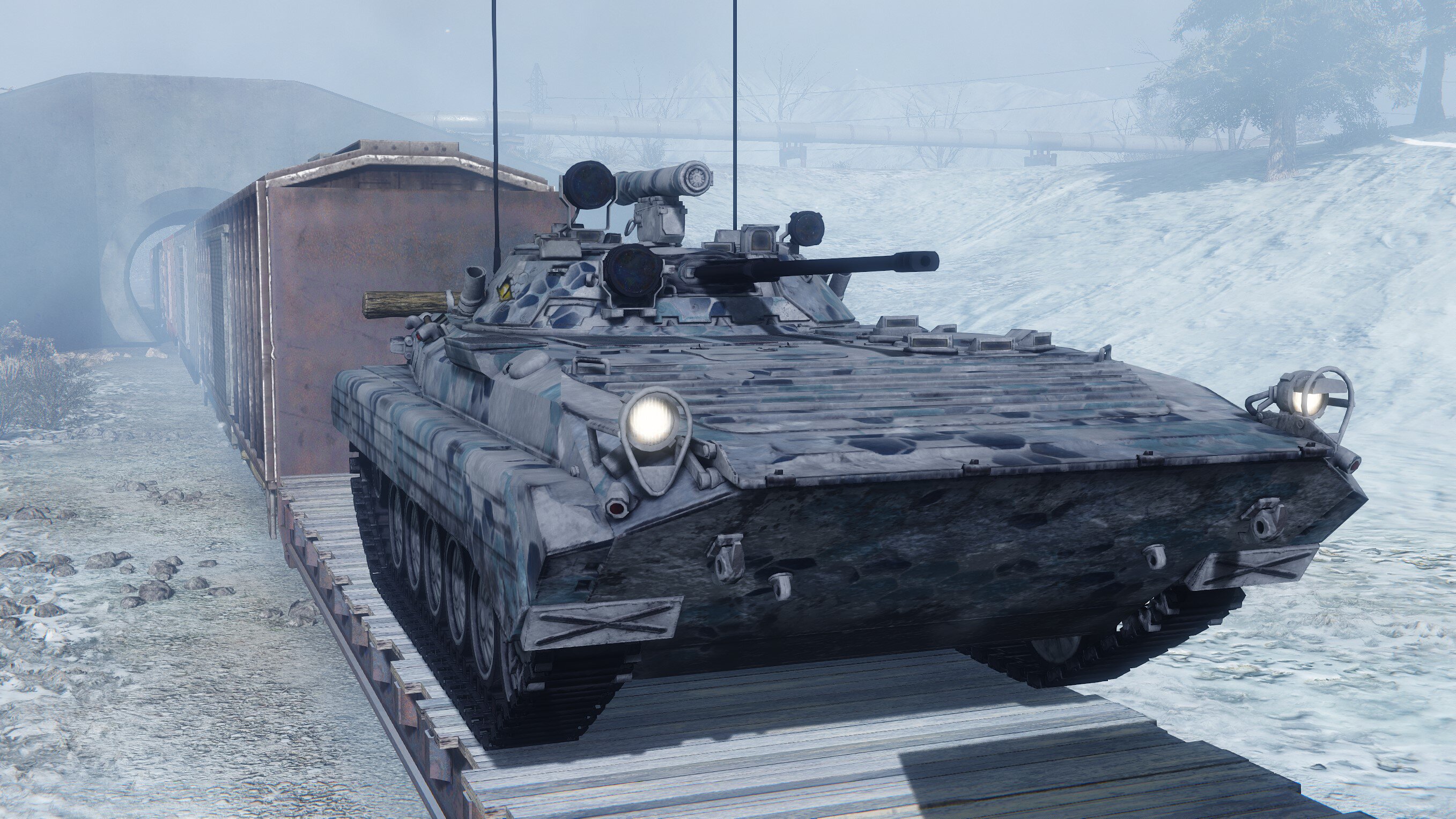
As was stated above, the primary role of the Armored Fighting Vehicles in Armored Warfare is scouting, or spotting (both terms are commonly used). Spotting is the act of making the enemy vehicles visible for your entire team so that vehicles that are further away or do not have the best spotting abilities can target them.
There are essentially two kinds of spotting:
- Active spotting, where a vehicle uses its speed to spot the enemy while avoiding incoming fire
- Passive spotting, where a vehicle attempts to stay hidden for as long as possible by standing still
While the Light Tank class is suitable for active spotting, the AFVs excel at both – in fact, spotting is their primary purpose. Light AFVs are best at passive spotting (staying hidden behind bushes), Heavy AFVs are best at active spotting – only the Light Tanks come close.
The most important skill, when playing AFVs of any type, is to read the flow of battle and to understand your surroundings. As was stated above, a stopped or slowed and spotted AFV is a dead AFV – there are practically no exceptions to that rule since the fragile vehicles represent a juicy target.
The basic short-range combat technique is called circling. Auto-locking your gun on the enemy at short range allows you, thanks to your mobility and fast turret traverse, to stay focused on driving and firing while the gun points at the enemy flanks and rear. This way, you can drive in circles around heavy enemies such as MBTs and they won’t be able to follow you. This tactic is especially suitable for dealing with targets that your gun would otherwise be unable to penetrate like the Challenger – targeting its rear is a must when using your autocannon. Beware, however – nimble targets such as Light Tanks, other AFVs and some Tank Destroyers will be able to track you even when you attempt to circle them and a head-on firefight is not something any AFV can afford to participate in.

Heavy AFVs are exceptionally good at hunting Light AFVs thanks to their increased durability, protection, firepower and decent spotting abilities. Marking an enemy AFV with your special ability will definitely ruin his day.
Another essential skill is to learn of all the proper spotting areas on each map. The key is to find a place with the following properties:
- Good vantage point over areas where the enemies are expected to show up
- Plenty of cover and foliage to hide you
- Accessible route of retreat
The last point should not be underestimated – when discovered, you only have a second or two to react while the enemy is still targeting you. The best tactic is to stay in cover with the front of your hull aimed at the retreat route – this way, running away is only a matter of going forward instead of wasting precious second to turn.
Truly mastering the AFV class requires patience and experience with the game and a lot of practice – the reward is driving perhaps the most frustrating class of vehicles to defeat. It is, therefore, the right choice for players who truly want to make other players hate them as an extremely skilled player in an AFV is perhaps the most difficult kind of opponent to kill in the entire game.
We’ll see you on the battlefield!




